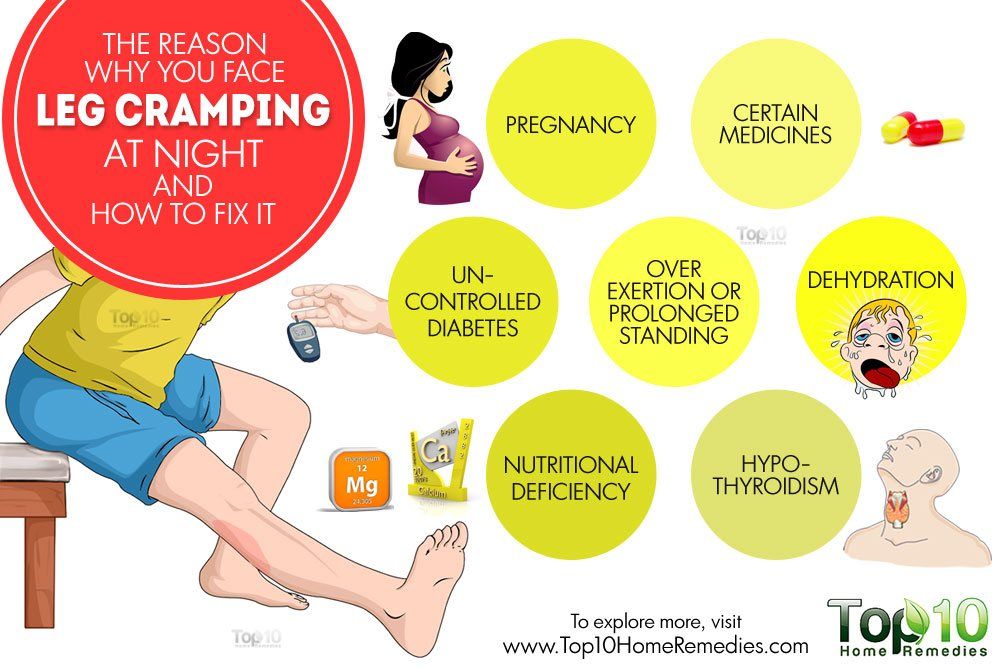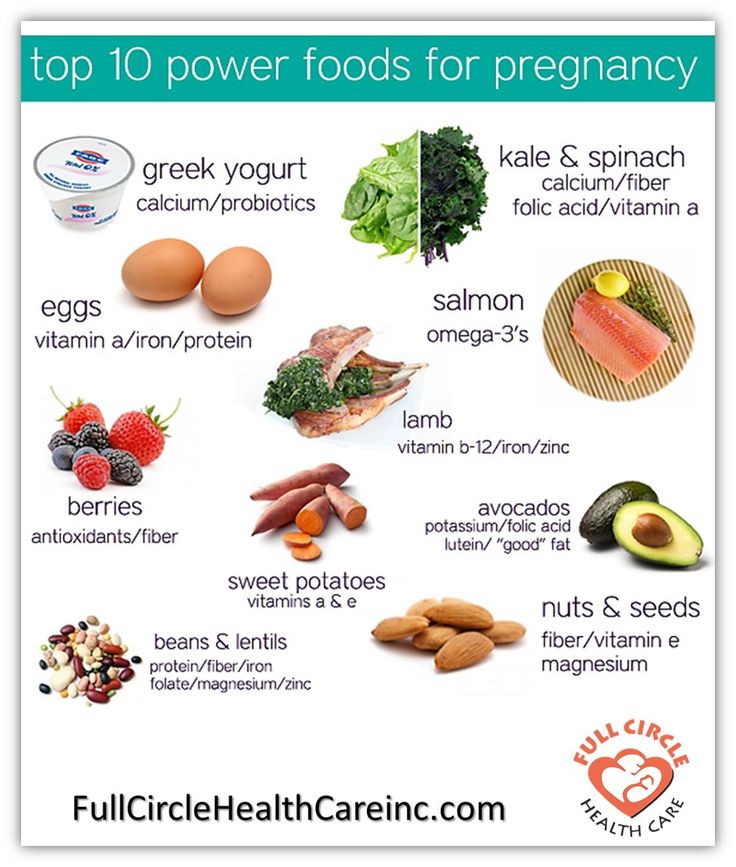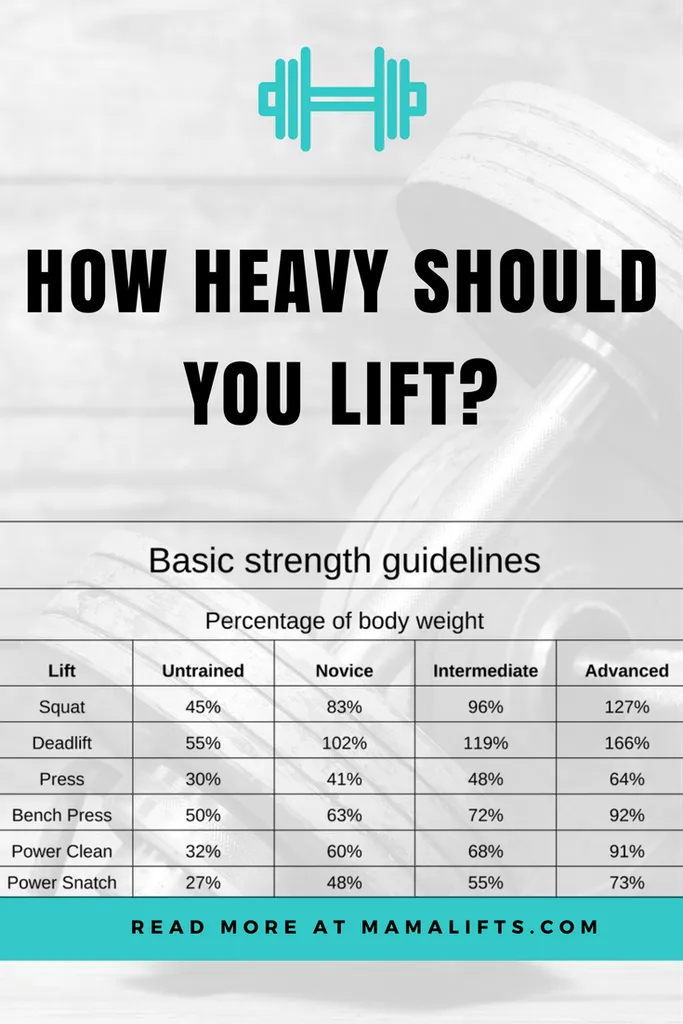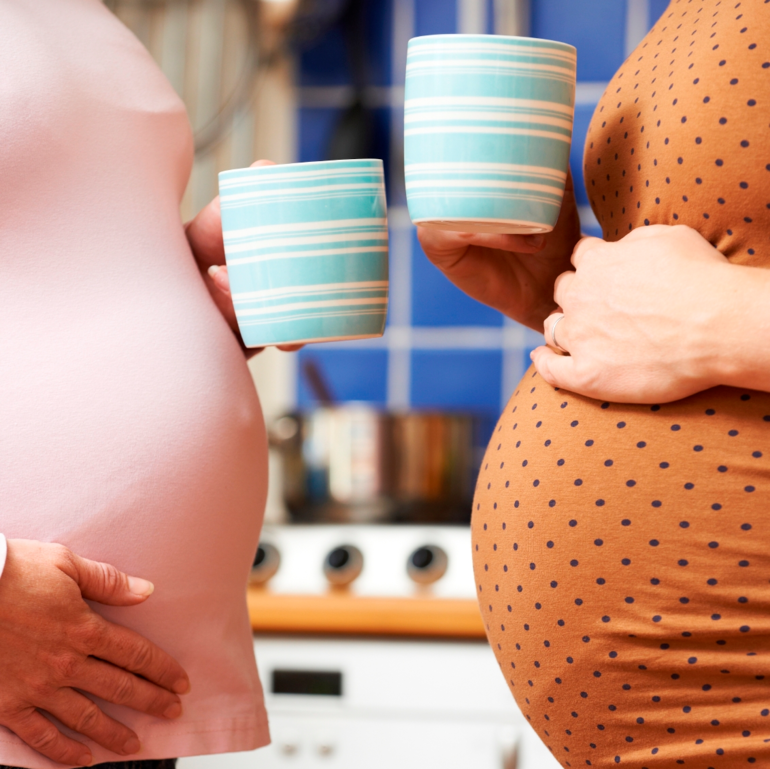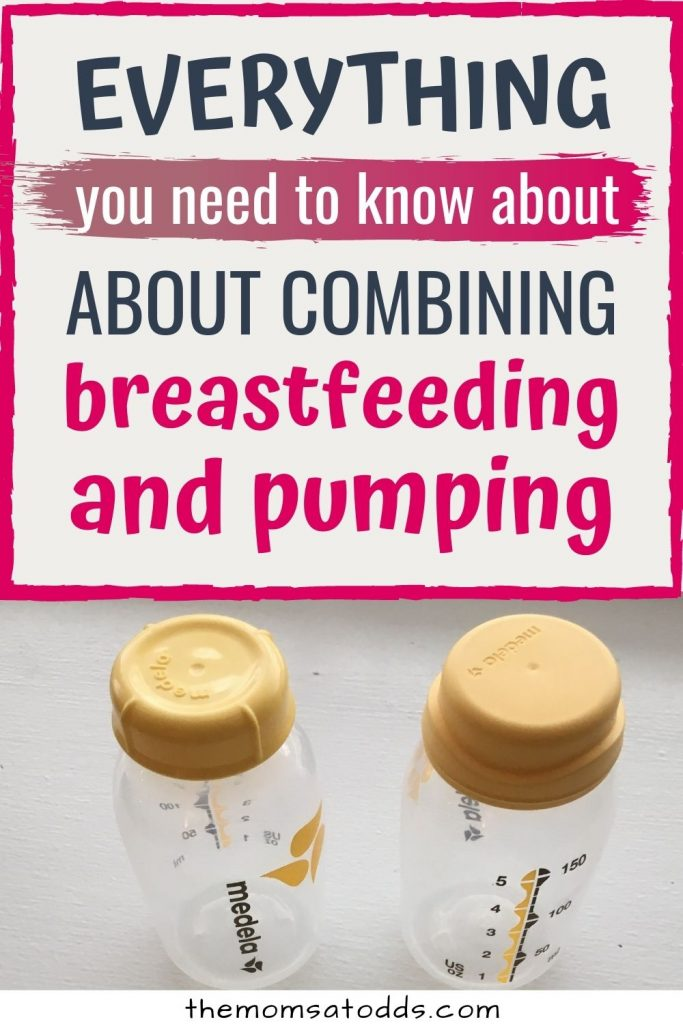Pregnancy aching legs at night
Aching, Painful, Or Heavy Legs During Pregnancy
Having aching legs during pregnancy is the icing on the cake of all of your physical ailments. But contrary to cake, heavy or aching legs are not something to be desired. While things like morning sickness and fatigue can be expected, when leg pain hits, it might catch you off guard.
To help make your leg troubles a little more bearable, we’ll give you some basic information and help you identify the signs, causes, and treatments for your aching and heavy legs.
Blood Circulation And Heavy Or Aching Legs During Pregnancy
Pregnancy is a period during which the risk of circulatory disruptions becomes particularly high. These disruptions are the consequence of the related increase in body weight and hormonal changes, as seen below:
- As early as the first trimester, the increase in hormones creates circumstances in which the blood in the veins can easily stagnate, weakening vein walls and the firmness of blood vessels.
Estrogen levels can lead to inflammation (edema), and progesterone modifies the vein walls and vessel dilation.
- Throughout pregnancy, the increased volume of the uterus leads to increased pressure on the main vein responsible for returning blood to the heart.
- Finally, an increase in blood weight and volume (of 20% to 30%) contributes to increased pressure on the leg veins, which is doubled or tripled. The valves are separated further from each other by distension of the veins and no longer play their role of impeding blood return.
Blood circulation in the leg veins can be considerably disrupted. The symptoms vary significantly from woman to woman and pregnancy to pregnancy, ranging from simple discomfort to disabling pain.
After delivery, these impairments most often go away on their own within a few weeks.
The Role Of Veins And Vascular Insufficiency
In their normal state, arteries supply the body’s tissues and organs with essential substances for their healthy functioning, such as oxygen.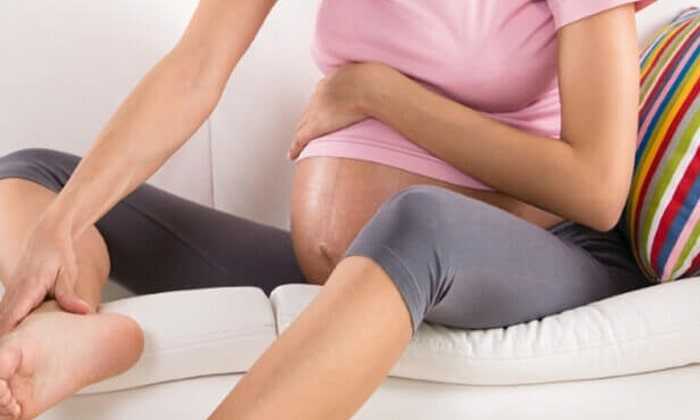 Veins, on the other hand, return blood to the heart.
Veins, on the other hand, return blood to the heart.
Blood pressure and the firmness of vein walls allow blood to flow from the lower to the upper portion of the legs. This blood flow through the veins and back up to the heart is called venous return.
Valves, acting as small flaps, are positioned every 2 to 5 centimeters (0.8 to 2 inches) in the veins. These valves ensure that blood always flows in the same direction without ever “falling” back down the other way.
The calf muscles and compression of the instep also play a role in blood flow, particularly when walking.
Contributing Factors
Several factors can increase the risk of vascular insufficiency during pregnancy:
- Heredity: If your mom has had circulatory issues, you run a higher risk of experiencing them yourself.
- Working in a standing position and shuffling. Prolonged sitting can also disrupt venous return.
- A sedentary lifestyle and lack of physical exercise.
- Excess body weight prior to pregnancy, or significant weight gain during pregnancy.

- Previous pregnancies: The risk of venous insufficiency increases with the number of previous pregnancies carried to term — 23 percent for the first pregnancy and 31 percent for the fourth.
Healthy Habits
To avoid circulatory impairments during pregnancy, prevention is essential. If you need to, try to lose weight before getting pregnant and then limit your weight gain during pregnancy.
Here are some other healthy habits to help you avoid vascular insufficiency:
- Take walks or do light exercise, which boosts blood flow
- Wear shoes with a small heel that is neither too high nor too flat (3 to 4 cm or 1 to 1.5 inches)
- Avoid tight-fitting clothes and constricting socks
- If you suffer from any plantar arch problems, wear corrective insoles
- In certain cases, wearing compression stockings and taking venotonics may be recommended during pregnancy, starting in the second month
If you experience the sensation of heavy legs despite these measures, try some of these tips to help ease the discomfort:
- Raise your feet from the foot of your bed
- At the end of each shower, spray cold water over your legs in an upward motion from the ankles to the thighs
- Avoid sources of heat (prolonged exposure to the sun, high-temperature baths, underfloor heating, etc.
 )
) - Massage your legs every day, from the ankles to the knees, using a specific treatment cream to increase blood return and stimulate blood flow
Signs Of Heavy Or Aching Legs
Aching or heavy legs first appear as a sensation of discomfort, fatigue, and heaviness in the legs. These sensations can be the first sign of an actual circulation impairment alongside other characteristics, such as having pain:
- In the interior and posterior area of the calf that radiates up the leg toward the inside of the knee
- Most often felt towards the end of the day
- If you remain standing for a long time or if you are in contact with heat (summer temperatures, hot baths, hot-wax treatments, etc.)
- Increase as the pregnancy progresses
- Relieved by cold temperatures, winter climates, rest, elevation of the legs, and walking
- Accompanied by cramps at night, restlessness of the legs (painful discomfort that requires that one move one’s legs for relief), inflammation (edema of the ankles), varicosities, and even varicose veins
If you are experiencing any of these symptoms, talk about it with your doctor at your next visit.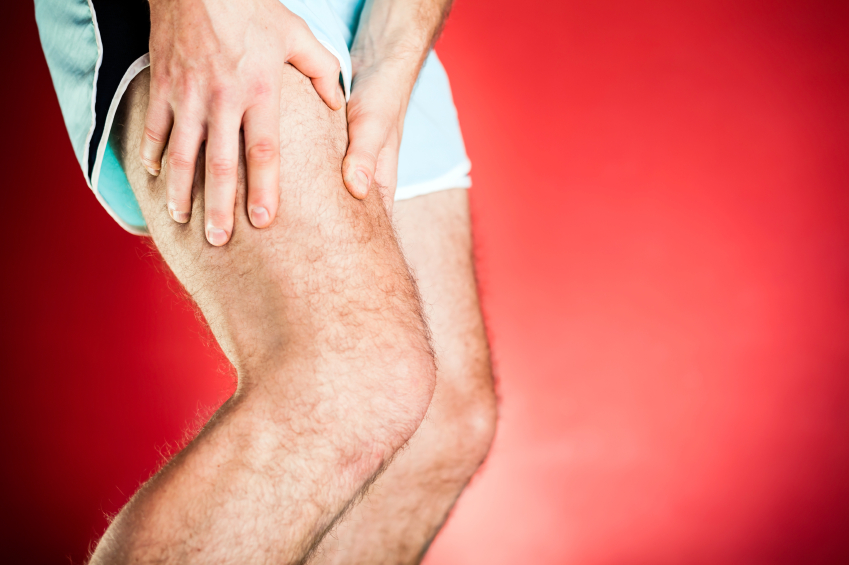 Your doctor may be able to prescribe a suitable treatment for you.
Your doctor may be able to prescribe a suitable treatment for you.
Causes Of Aching Or Heavy Legs
Like most expecting moms, you’re probably wondering what’s causing your aching or heavy legs. The sensation of heavy or aching legs is related to a loss of firmness and elasticity of the vein walls, which causes a slowing of blood circulation in the veins. Because of this, the veins dilate and blood pressure increases.
Valves — the small flaps that normally keep blood from flowing back down the leg veins — have difficulty maintaining this pressure and progressively become deficient.
Resistance to leaks weakens and blood stagnates in the lower portion of the veins, which further impairs vein walls. A vicious cycle takes hold.
On top of this, other factors could be causing your aching legs, such as:
- Nerve pressure: When your uterus expands, it puts pressure on certain nerves, which can trigger spasms and cause pain in your legs.
- Dehydration: If your body doesn’t get the right amount of hydration during your pregnancy — and it needs a lot! — it can really suffer.
 Whether you’re dealing with morning sickness, stress, or cramps, drinking water can be the easy answer to all your pregnancy woes. When in doubt, take the water route!
Whether you’re dealing with morning sickness, stress, or cramps, drinking water can be the easy answer to all your pregnancy woes. When in doubt, take the water route! - Increase in your weight: Your legs are carrying around more weight than they’re used to. They’re having to work a little harder each day, so at the end of the day, they’re tired just like you.
- Swelling: Swelling is no stranger to pregnancy, especially in the heat. When your ankles and feet start to swell in the heat, as we’ve mentioned above, circulation gets restricted. This is when your legs start to ache and get heavy. (Note: If you notice consistent swelling in your legs and feet, or your leg starts to feel warm, reach out to your obstetrician right away.)
- Changes in your posture as your baby grows: Throughout stages of your pregnancy, your baby has taken different positions inside your uterus. This can take a toll on your body, especially your back.
 Your posture starts to change throughout your pregnancy without you even noticing at times, but your legs are sure to take notice of the change. Your legs have to support you throughout these different stages, and it can impact them.
Your posture starts to change throughout your pregnancy without you even noticing at times, but your legs are sure to take notice of the change. Your legs have to support you throughout these different stages, and it can impact them. - Fluid retention: Your growing uterus puts pressure on the veins that carry blood back from your lower body, which partially blocks blood flow. As a result, fluid remains in your legs and feet.
- Joint laxity: As we’ve discussed, when you’re carrying the extra weight from your precious baby, it’s a lot for your legs — but it’s also a lot for your joints. Your joints can easily become stressed from the added pressure. Your joints may seem a little loose and you might even waddle when you walk!
At-Home Treatment
Most often, your leg aches can be relieved at home. That’s something to shout about because we know leg aches can really be a Debby Downer as you wrap up your day!
Here are a few ideas to relieve your leg aches and heavy legs at the end of the day:
- Stretch your calf muscles by flexing and releasing each foot a few times
- Take short walks throughout the day to boost blood flow
- Avoid standing or sitting with your legs crossed for long periods
- Take a warm bath before bed (After getting out of a relaxing bath, don’t forget to apply Stretch Marks Oil to help limit the appearance of stretch marks! It leaves your skin restored, refreshed, and noticeably smoother.
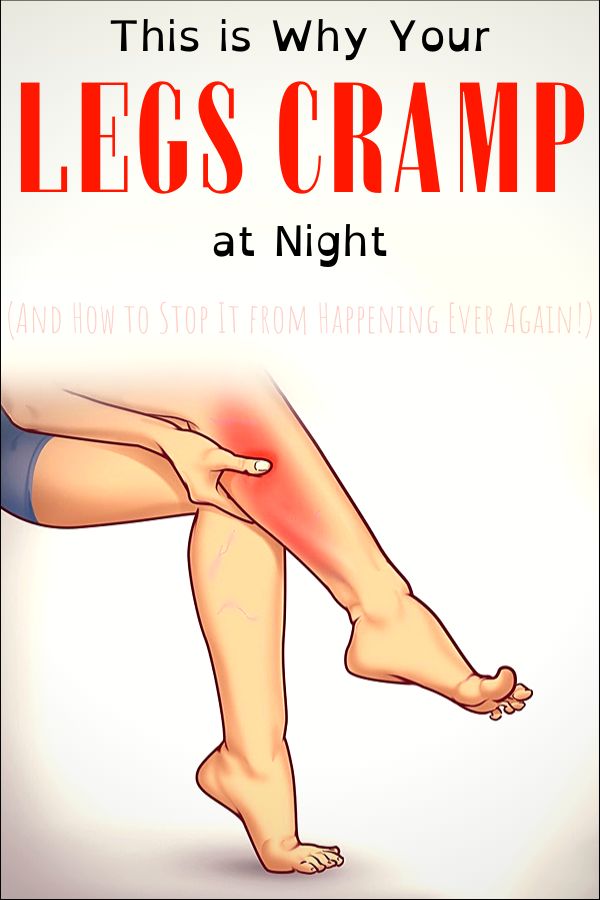 )
) - Massage your legs throughout the day and especially before bed (Try using our Body Firming Gel to give your legs a little massage. It hydrates your skin, giving it a firmer look and overall feel.)
- Take a calcium supplement (with the go-ahead from your doctor)
- Drink a glass of milk before bed
- Prop your legs up on a pillow (make sure your legs are elevated above your heart)
- Wear compression leggings or socks
- Increase your potassium intake
Medical Treatment
If your legs are painful and you see no improvement after trying the recommended measures outlined in the previous section, do not hesitate to see a doctor. They can prescribe suitable treatment for your condition.
Various methods — from medicinal to physical to surgical — may be considered, depending on the severity of your circulatory impairments:
- Compression via pantyhose, stockings, or socks is the basic treatment for anyone experiencing venous insufficiency.
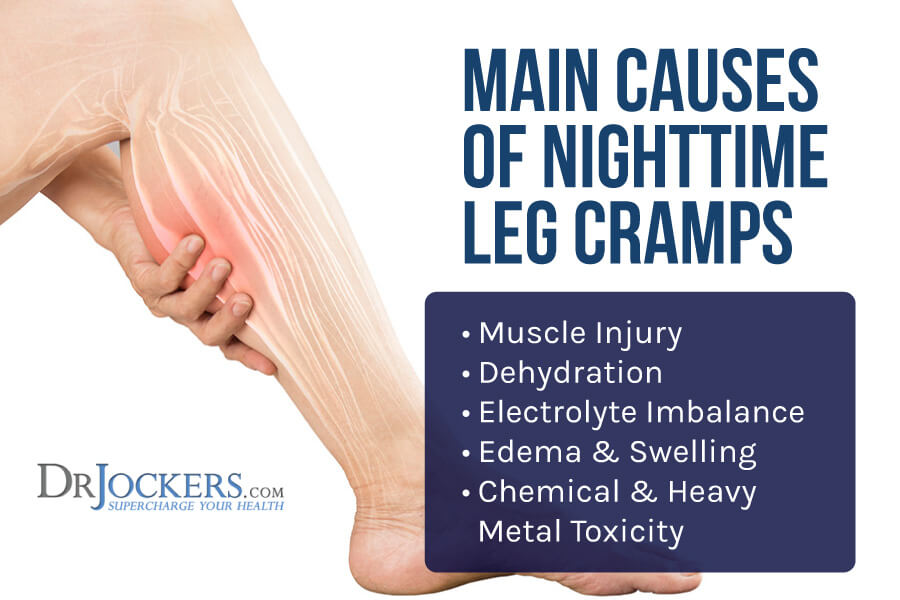 Different models are available depending on the strength of compression necessary. Significant progress has been made in improving the esthetics of these garments. The cost of some of these compression methods may be eligible for Social Security reimbursement.
Different models are available depending on the strength of compression necessary. Significant progress has been made in improving the esthetics of these garments. The cost of some of these compression methods may be eligible for Social Security reimbursement. - Venotonics have anti-inflammatory properties, stimulating muscle tone and protecting the elasticity of the vein walls. They must be taken for an extended period of time in order to be effective.
- Kinesitherapy and exercises to build up the leg muscle also have a role to play. Walking, swimming and biking are the best types of activity. Spa treatments, massages, and manual lymphatic drainage can also provide valuable relief.
- If varicose veins developed during your pregnancy and are still present after delivery, vein sclerotherapy or surgery may be considered. These techniques can be performed under local anesthesia, requiring neither an epidural nor general anesthesia, and the patient can go home the same day as treatment, or the following day.

A Comfortable Pregnancy
Aching and heavy legs can be caused by a variety of factors, as we listed above. Although these unpleasant sensations usually disappear on their own after delivery, they should not be taken lightly.
Heavy legs can turn into vascular pathologies that can sometimes be disabling. Monitor your heavy legs closely and give them the appropriate care from the very first signs to limit the risk of complications.
But keep in mind that most often, it’s not a cause for concern or harmful to your baby. Use at-home treatments to ease your leg aches and heavy legs. You may have to try a few before you find what works for you.
And while you’re at it, continue taking care of yourself during your pregnancy by treating your skin. Using the right products that have been clinically proven to effectively help expecting mothers, like our Stretch Marks Cream, will make for one comfortable pregnancy!
Restless leg syndrome (pregnancy sleep)
In this article
- What is restless legs syndrome (RLS)?
- What causes restless legs syndrome (RLS) in pregnancy?
- What are the symptoms of restless legs syndrome?
- Can you get restless legs during the day?
- How is restless legs syndrome (RLS) diagnosed?
- How to relieve restless legs
- Can I take medication for treating RLS during pregnancy?
- Will my restless legs go away when my baby is born?
If you feel an overwhelming urge to move your legs because of a creeping, tingling sensation in them, you may have restless legs syndrome (RLS).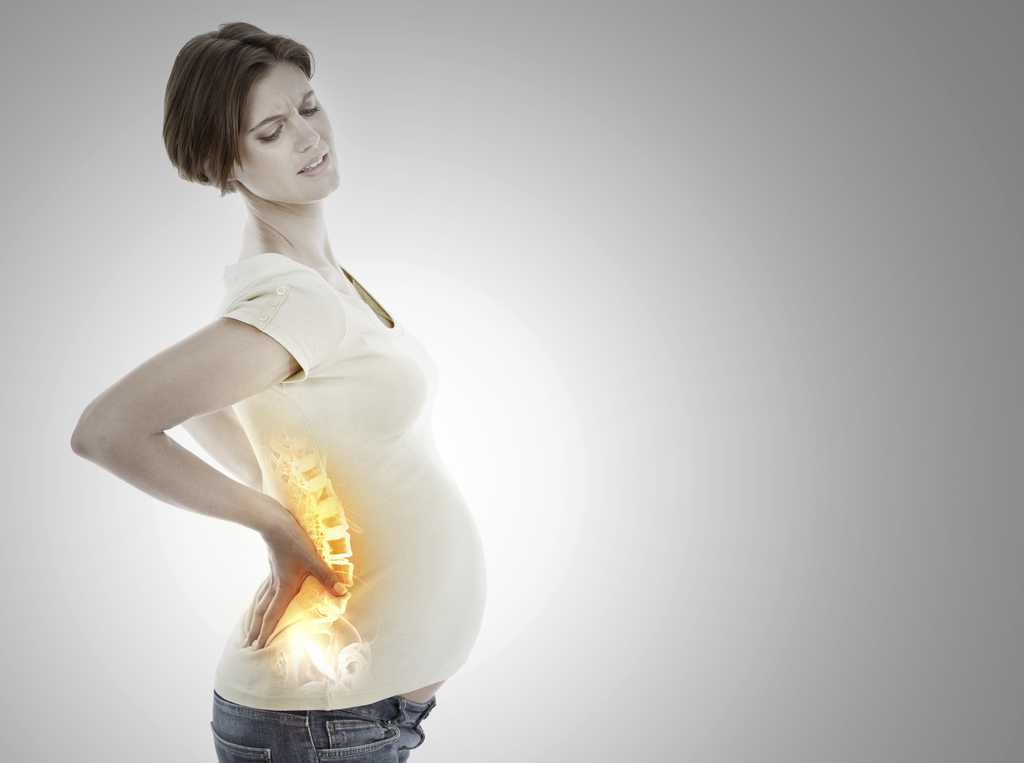 RLS is common in pregnancy and can affect other parts of your body, including your arms and feet. Symptoms usually get worse when you're resting and many pregnant women experience restless legs at bedtime. Find out what causes restless arms and legs, and how to relieve symptoms.
RLS is common in pregnancy and can affect other parts of your body, including your arms and feet. Symptoms usually get worse when you're resting and many pregnant women experience restless legs at bedtime. Find out what causes restless arms and legs, and how to relieve symptoms.
What is restless legs syndrome (RLS)?
Restless legs syndrome (RLS), also known as Willis-Ekbom disease, is a medical condition of the nervous system. It’s common in pregnancy, with up to one in five women experiencing symptoms. Around two thirds of women who have RLS in pregnancy have pregnancy-induced RLS.
The main symptom of restless legs syndrome is an overwhelming urge to move your legs. You may also have an unpleasant crawling or creeping sensation in your feet, calves and thighs. The sensation is often worse in the evening or at night.
Restless legs syndrome can also affect other parts of your body, including your arms, feet, chest and face.
You may find that your limbs move and jerk around during the night. This is known as ‘periodic limb movements of sleep’, and happens in more than 80 per cent of people with RLS.
Most women with RLS develop it in their third trimester, but it can sometimes start earlier than this.
What causes restless legs syndrome (RLS) in pregnancy?
Experts aren’t exactly sure why RLS happens in pregnancy, but it may be caused by a change in hormones which could affect circulation.
It may also be caused by iron-deficiency anaemia, which is common in pregnancy, or folate deficiency anaemia.
You may hear your GP referring to your RLS as secondary restless legs syndrome, which means you have RLS because you’re pregnant. This helps to differentiate it from RLS that has no obvious cause (primary restless legs syndrome).
What are the symptoms of restless legs syndrome?
The most common symptom of RLS is an overwhelming urge to move your legs.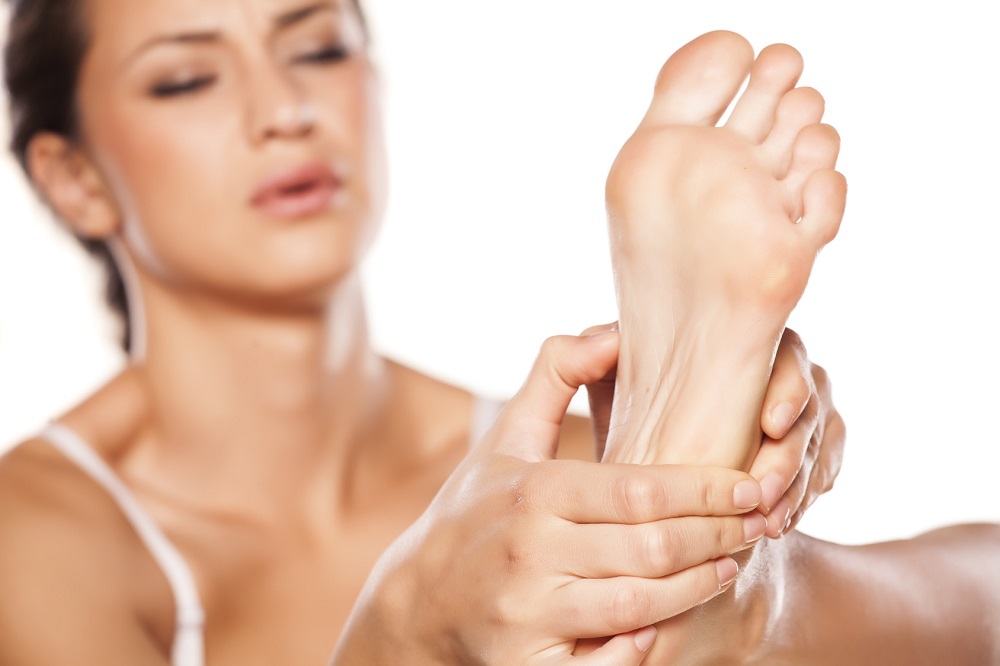 This is sometimes, but not always, accompanied by other unpleasant sensations, such as:
This is sometimes, but not always, accompanied by other unpleasant sensations, such as:
- Crawling, creeping, tingling, burning, itching or throbbing sensations in the legs, usually below the knee.
- Cramping, aching or pain in the legs.
- Sensations in other parts of the body, such as the arms.
Can you get restless legs during the day?
Yes, you can. You may find that it’s hard to sit still for long periods of time. So you may notice symptoms happening on long train journeys or at your desk when you’re at work.
Symptoms are usually worse at night though, and can be a real nuisance when you're trying to wind down to sleep.
How is restless legs syndrome (RLS) diagnosed?
There is no test for RLS, so your GP will ask you about your symptoms and your medical history.
In some cases, restless legs syndrome is caused by an underlying health condition, such as Parkinson’s disease or rheumatoid arthritis. If your GP thinks this may be the case, they may need to carry out more tests. Certain medications, such as antidepressants, antiepileptic drugs and antihistamines have also been linked to RLS. In some cases they may trigger the condition, and in others, they may make it worse.
If your GP thinks this may be the case, they may need to carry out more tests. Certain medications, such as antidepressants, antiepileptic drugs and antihistamines have also been linked to RLS. In some cases they may trigger the condition, and in others, they may make it worse.
RLS can also run in families. Around half of people with RLS have a family member who also has or had the condition.
How to relieve restless legs
There are some things you can do to help ease the symptoms of RLS. You can also make some general lifestyle changes in order to prevent or reduce symptoms.
Try one or more of the following to help ease your symptoms during an episode of RLS:
- Stretch and bend your legs by walking around.
- Massage your legs.
- Use a hot water bottle on the affected area, or have a warm bath.
- Use an ice pack instead, or a combination of ice pack and hot water bottle.
- Try to distract your mind from the sensations by reading or listening to a podcast.
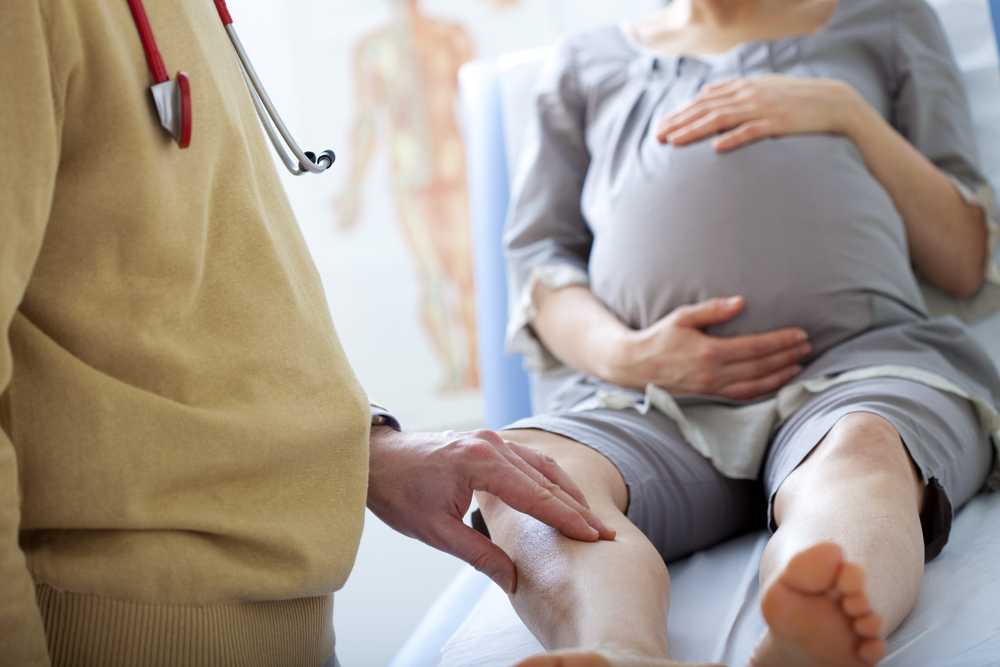
- Practise some simple relaxation exercises, such as yoga.
A few simple lifestyle changes may help to prevent an episode from happening, or ease some of the symptoms.
Take regular exercise
Regular, moderate exercise may help to relieve RLS. Walking, swimming and yoga are all great choices during pregnancy.
Try to avoid vigorous exercise in the evening though, as it could make it harder for you to sleep. If RLS strikes, try gentle stretches or a slow stroll to relieve the symptoms.
The best pregnancy exercises
Getting moving will help you to have a healthier pregnancy. Discover the best exercises to do when you’re expecting. More pregnancy videos
Cut down on caffeine
While you're pregnant, try not to have more than 200mg of caffeine a day, which is about two mugs of tea or one mug of filter coffee. Caffeine can make RLS worse and keep you awake.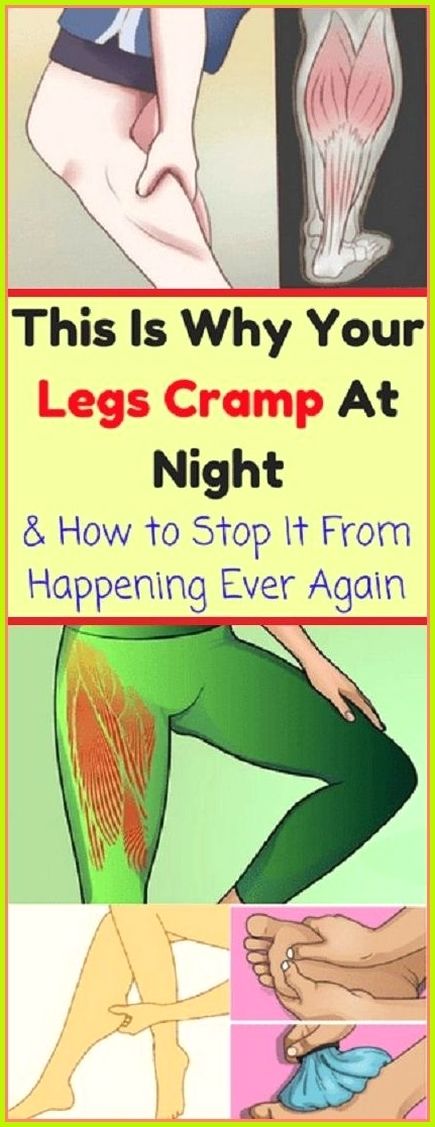 So cut down on tea (including green tea), coffee, cola and chocolate, especially in the late afternoon and evening.
So cut down on tea (including green tea), coffee, cola and chocolate, especially in the late afternoon and evening.
Ask your midwife about supplements
In some cases, RLS can happen as a result of an iron deficiency, in which case iron supplements may help. Always speak to your GP, midwife or pharmacist for advice before taking any supplements in pregnancy though. If you’re not deficient in iron, it can be harmful for your baby if you take supplements.
Get into a sleep routine
Frustratingly, while restless legs can make it hard to sleep, not getting enough shut-eye can also make the symptoms worse. Going to bed and getting up at the same time every day will help to regulate your body clock and may make it easier for you to sleep.
Practising good ‘sleep hygiene’ may help you get a better night’s sleep. This means having good sleep habits, such as making your bedroom as dark and comfortable as possible, avoiding screens for a couple of hours before bed and keeping your bedroom solely for sleep or sex.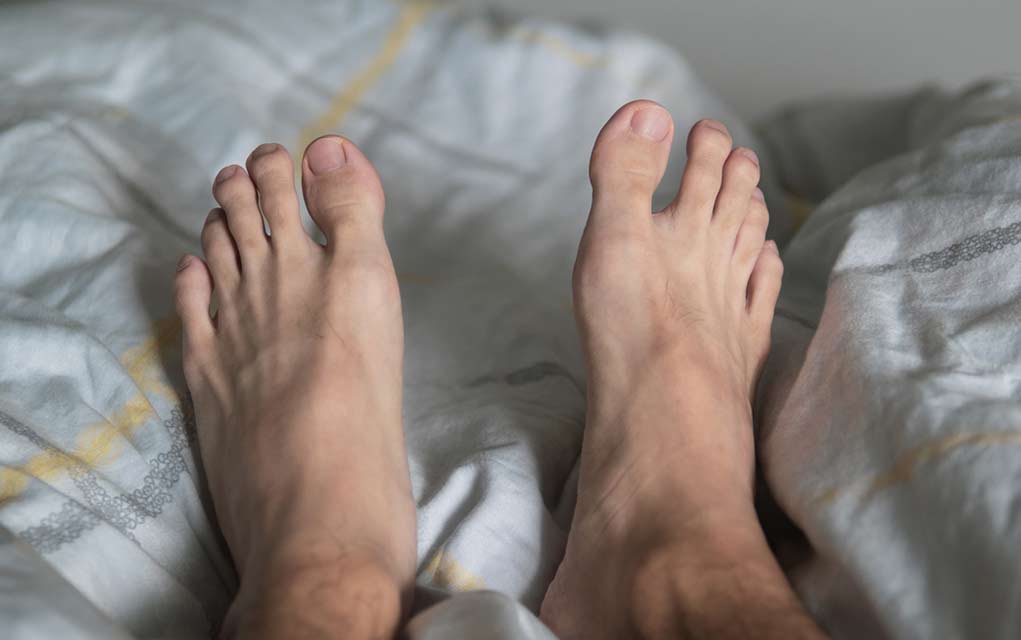
Don’t smoke or have alcohol
If you haven't already, stop smoking. Nicotine is a stimulant, so it can increase your heart rate and make you feel more alert at night. It’s also harmful for you, and your unborn baby. Here’s how to get help if you have trouble quitting smoking.
Alcohol is also a stimulant that can disrupt your sleep. Experts can’t be sure exactly how much alcohol, if any, is safe during pregnancy. That’s why they agree that the best advice is to avoid alcohol completely while you’re expecting.
Can I take medication for treating RLS during pregnancy?
It’s unlikely that your GP will prescribe medication for RLS during pregnancy. Instead, they will work with you to manage and control your symptoms with lifestyle changes and practical tips. If an iron deficiency is causing your RLS, then an iron supplement may be all you need to reduce your symptoms.
However, if your symptoms are affecting your quality of life, and nothing seems to be helping, speak to your GP.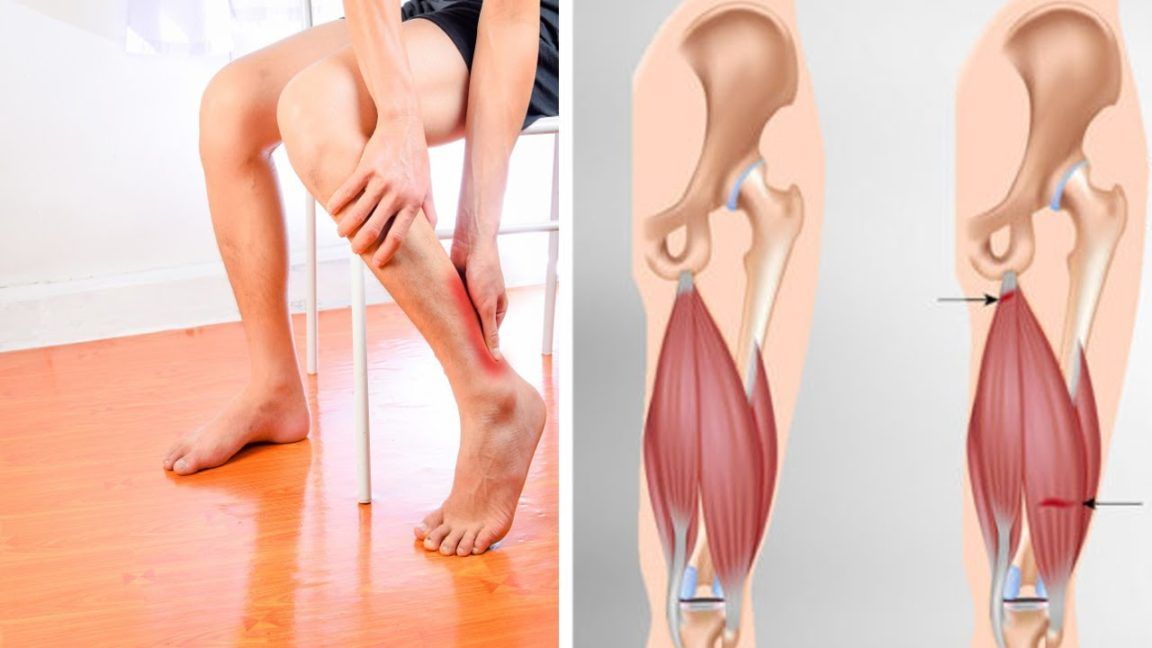 Certain medications may help to relieve symptoms, but should only be used for a short period of time.
Certain medications may help to relieve symptoms, but should only be used for a short period of time.
Will my restless legs go away when my baby is born?
If you have pregnancy-induced RLS, it should go away within a few weeks of giving birth. However, women who suffer from RLS during pregnancy are more likely to develop it again, later in life.
If you find your symptoms continue after you have your baby, see your GP. There may be an underlying condition that’s causing your RLS.
RLS is one problem that can make it nearly impossible to sleep. Nausea, heartburn, or indigestion are other culprits. Read our tips for getting comfortable in bed when you're pregnant.
More on coping with pregnancy sleep disturbances:
- Find out if it's safe to take sleep medicine in pregnancy.
- Discover if a lack of sleep in your third trimester will harm your baby.
- Tried and tested: real-life tips for coping with tiredness during the day.
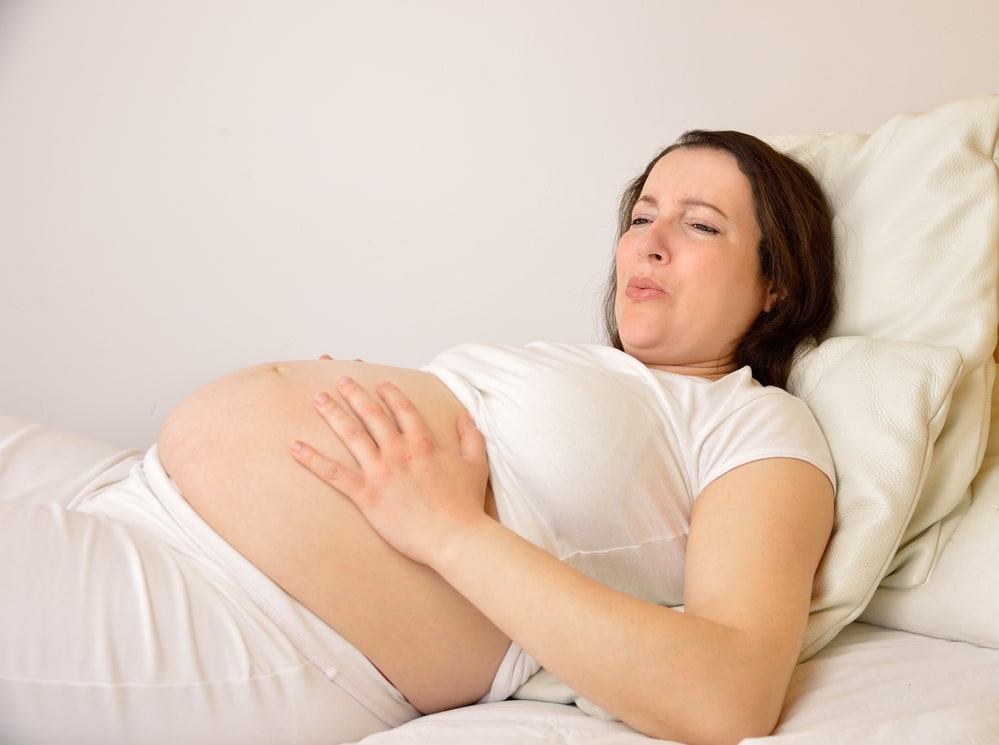
- Leg cramps keeping you awake at night? Find out if taking prenatal vitamins such as magnesium can help.
References
NHS. 2018. Restless legs syndrome . NHS, Health A-Z. www.nhs.uk [Accessed March 2021]
NHS. 2020a.Foods to avoid in pregnancy. NHS, Health A-Z. www.nhs.uk [Accessed March 2021]
NHS. 2020b.Drinking alcohol while pregnant. NHS, Health A-Z. www.nhs.uk [Accessed March 2021]
NICE. 2020a. Restless legs syndrome. National Institute for Health and Care Excellence. Health Topics. www.cks.nice.org.uk [Accessed March 2021]
NICE. 2020b. Insomnia National Institute for Health and Care Excellence. Health Topics. www.cks.nice.org.uk [Accessed March 2021]
Picchietti DL. 2019. Restless legs syndrome during pregnancy and lactation. UpToDate. www.uptodate.com [Accessed March 2021]
Pietrangelo A. 2018. Everything You Need To Know About Restless Leg Syndrome (RLS).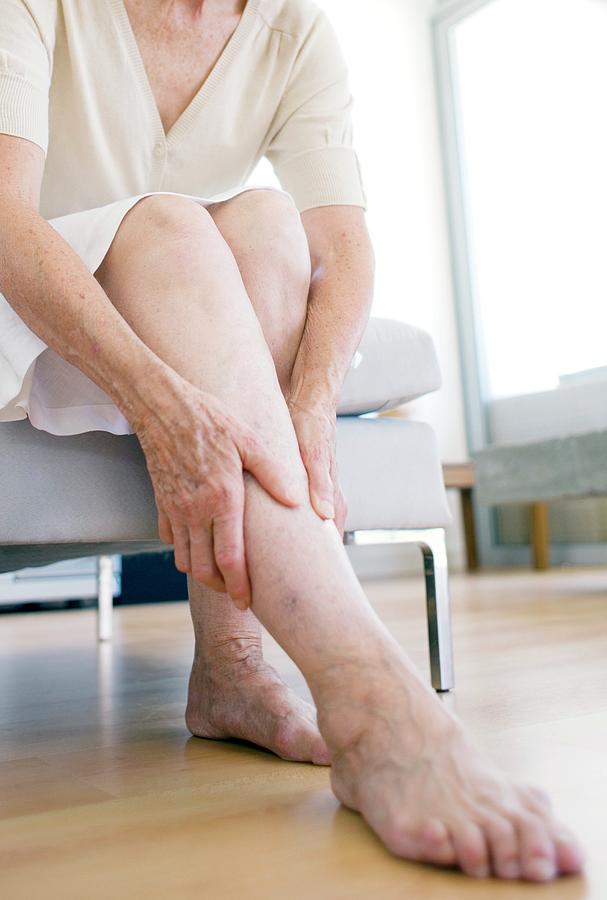 Healthline. www.healthline.com [Accessed March 2021]
Healthline. www.healthline.com [Accessed March 2021]
RLS-UK. nd. RLS in pregnancy. RLS-UK. www.rls-uk.org [Accessed March 2021]
Show references Hide references
Reduces legs during pregnancy at night - Articles - Official website of Intex
Many young mothers after childbirth recall how much cramps the calves of the legs at night during pregnancy . Unfortunately, it reduces the calves of the legs at night, not only during pregnancy.
According to statistics, varicose disease of the lower extremities, one of the symptoms of which during childbearing are night cramps in the legs, persists after the birth of a baby in 60-75% of women. In this article, we will look at the stages of development of varicose veins in late pregnancy, explain why, as the disease develops cramps legs during pregnancy at night , and we will show you how to avoid the development of varicose veins during childbearing.
Why does he twist his legs at 37-39 weeks of pregnancy
If, during pregnancy, legs cramp at night due to “macronutrient hunger”, pain can be avoided by taking multivitamins containing potassium, calcium and magnesium. However, the causes of night pain in the legs during pregnancy, caused by other factors, are not so easy to deal with. In the third trimester of pregnancy, it reduces the calves of the legs at night more and more often. This is due to the influence of the hormone progesterone, the biological role of which is to relax the smooth muscle of the uterus. Simultaneously with the relaxation of the uterus, the smooth muscles of the venous walls lose their tone. Because of this, during pregnancy veins become very distensible . An increase in body weight in the third trimester is associated with an increased load on the legs, and, therefore, on the veins of the lower extremities. At the same time, the volume of fluid circulating in the blood increases. The pressure inside the veins weakened by progesterone increases, so the walls and valves of the veins begin to stretch. Because of this, also brings her legs together at night during pregnancy . Venous blood, seeping through the valves of the veins, returns to the legs and stagnates in the veins, causing extensive swelling.
However, the causes of night pain in the legs during pregnancy, caused by other factors, are not so easy to deal with. In the third trimester of pregnancy, it reduces the calves of the legs at night more and more often. This is due to the influence of the hormone progesterone, the biological role of which is to relax the smooth muscle of the uterus. Simultaneously with the relaxation of the uterus, the smooth muscles of the venous walls lose their tone. Because of this, during pregnancy veins become very distensible . An increase in body weight in the third trimester is associated with an increased load on the legs, and, therefore, on the veins of the lower extremities. At the same time, the volume of fluid circulating in the blood increases. The pressure inside the veins weakened by progesterone increases, so the walls and valves of the veins begin to stretch. Because of this, also brings her legs together at night during pregnancy . Venous blood, seeping through the valves of the veins, returns to the legs and stagnates in the veins, causing extensive swelling.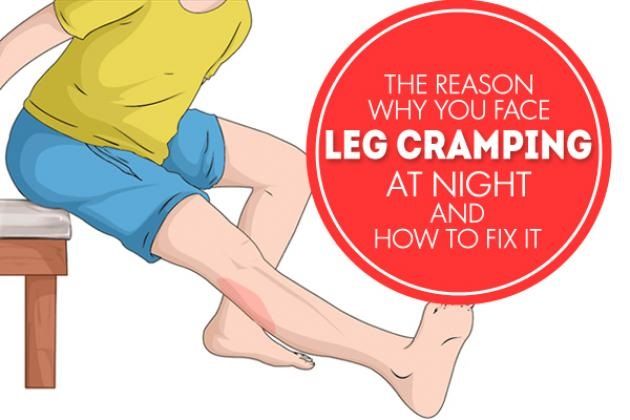 The situation is aggravated by the pregnant uterus, which compresses the veins and additionally prevents the outflow of blood from the legs. Edema increases, the veins stretch, and varicose veins develop.
The situation is aggravated by the pregnant uterus, which compresses the veins and additionally prevents the outflow of blood from the legs. Edema increases, the veins stretch, and varicose veins develop.
What to do if your legs hurt while you sleep during pregnancy
If your legs hurt during pregnancy at night, you need to see a phlebologist as soon as possible. Since drug therapy is contraindicated for pregnant women, the doctor will help choose compression stockings for the prevention of varicose veins. Compression stockings and tights "Intex" are designed by especially for pregnant women . Elastic underwear exerts distributed pressure on the legs, stimulating the outflow of blood from the legs, and allowing you to maintain the vascular walls and valves of the veins. Improved blood flow allows you to get rid of edema , and the external support of the venous vessels does not allow the veins to stretch, and helps to avoid the situation when legs are pulled during pregnancy at night.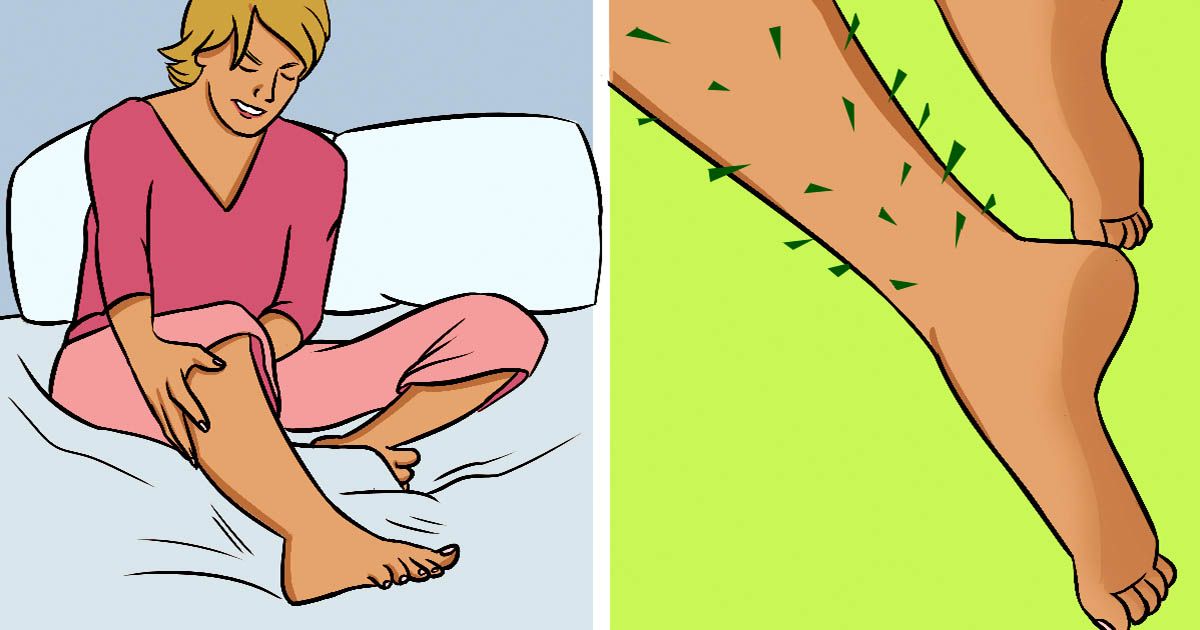
Leg pain during pregnancy: causes and how to get rid of it
Feet in pregnant women hurt for various reasons. Since there is a considerable load on the legs during pregnancy, this is not surprising. Just don't ignore the pain. Sometimes, if a woman feels pain in her legs, we can talk about pathology.
We tell you what pain in the legs during pregnancy can be associated with and what to do to alleviate the symptoms.
Why my feet hurt during pregnancy
During pregnancy, the center of gravity usually shifts, which creates an excessive load on the legs. Therefore, many women who are carrying a child experience pain in their feet. In general, during pregnancy, a woman's body is rebuilt, so pain can also occur for other reasons that are also not associated with the development of diseases.
Causes of leg pain in pregnant women
The most common causes of foot pain in pregnant women include:
-
Natural increase in body weight;
-
The shift in the center of gravity, which increases the load on the feet;
-
Excessive accumulation of fluid in the body can cause swelling and, as a result, throbbing pain;
-
Aching pain, swelling after walking or standing for a long time - these symptoms appear in women prone to varicose veins;
-
Cramping that cramps the legs or only the feet can occur due to an increased concentration of progesterone in the blood, as well as due to iron and calcium deficiency.

Consider the cases when the feet hurt during pregnancy due to existing diseases.
Flat feet
If flat feet have already been, then during pregnancy, if the disease is not treated, it only gets worse. There are cases when a woman had the first stage of flat feet, and in the last trimester - already the third. Usually, transverse flat feet are more acutely tolerated. Its symptoms:
-
Burning in the feet;
-
By the end of the day, the legs are very tired, they may swell;
-
In the evening there are cramps in the area of calves and shins, which are accompanied by pain in the feet;
-
Pain in the area of the kneecaps, pelvis and back - these symptoms appear when flat feet are neglected;
-
Calluses and growth that affects the base of the thumb;
-
Hammer toe deformity.
It is important to diagnose the transverse flatfoot of the foot in time.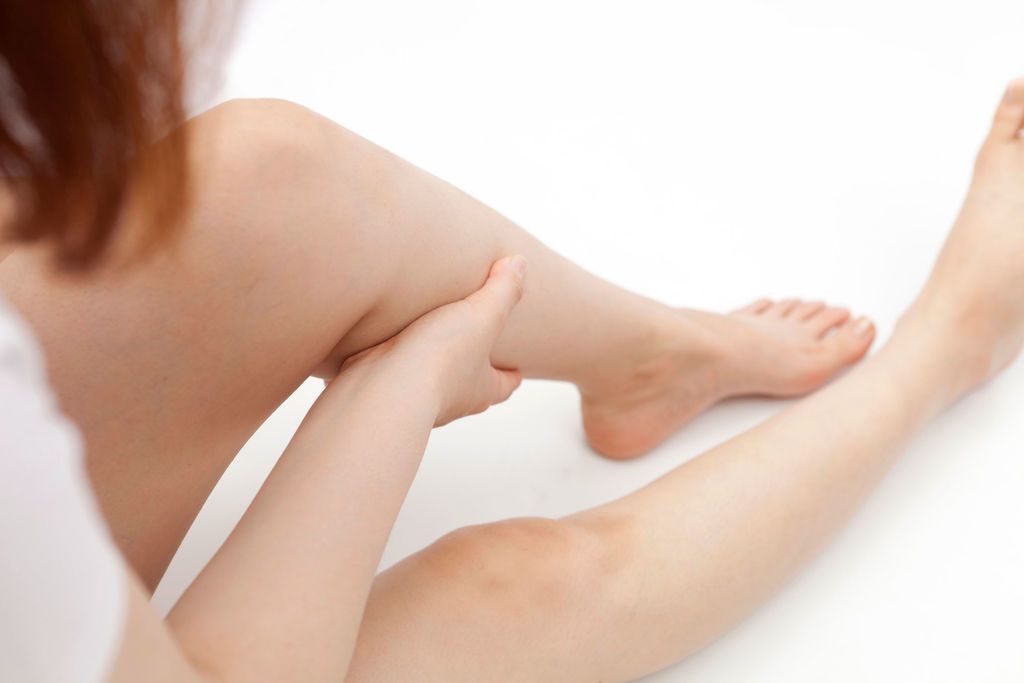 Usually orthopedic traumatologists deal with this issue. To diagnose the disease, the doctor sends an x-ray. Pregnancy is not an absolute contraindication for x-rays. Radiation should be avoided only in the first three months of pregnancy. Before the procedure, be sure to warn the doctor about your situation.
Usually orthopedic traumatologists deal with this issue. To diagnose the disease, the doctor sends an x-ray. Pregnancy is not an absolute contraindication for x-rays. Radiation should be avoided only in the first three months of pregnancy. Before the procedure, be sure to warn the doctor about your situation.
Only after studying the radiographs, the doctor can confirm the diagnosis. Further steps will depend entirely on the stage of the disease. At the initial stages, the disease is cured by conservative methods, in advanced cases, surgical intervention is required.
Conservative treatments include:
-
treatment with medications if there is inflammation;
-
wearing orthopedic insoles and other devices;
-
physiotherapy;
-
massage;
-
exercise therapy.
In the fight against flat feet, orthopedic insoles, which are designed for pregnant women, have proven themselves well.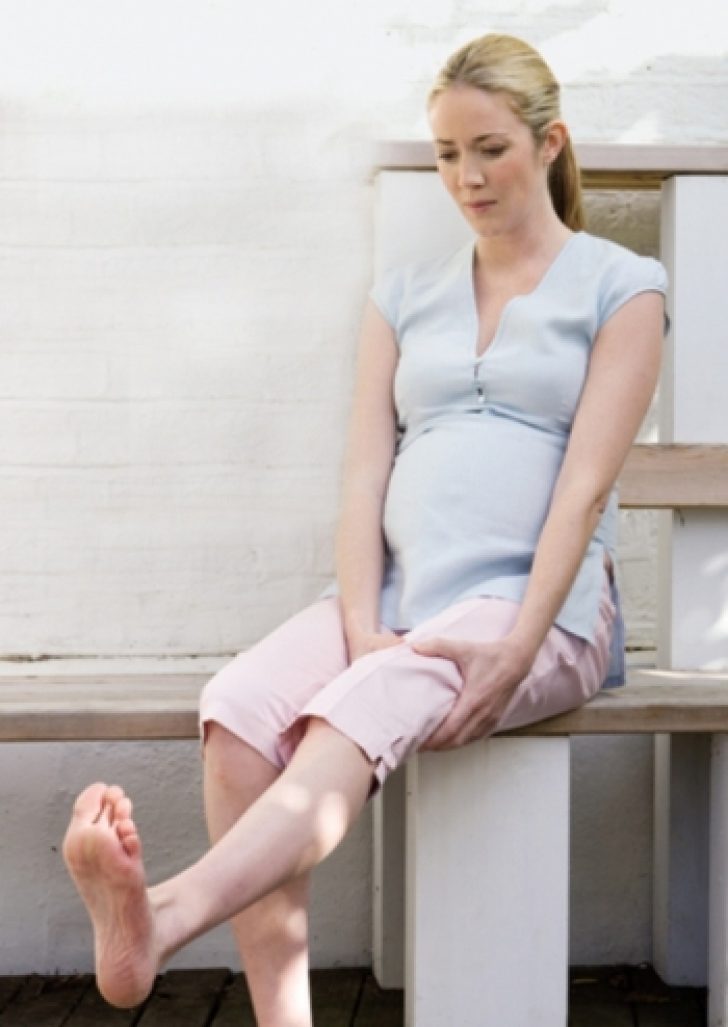 They help to evenly distribute the load on the legs of women.
They help to evenly distribute the load on the legs of women.
Varicose veins
Even if a woman has never suffered from this disease, there is a risk that pregnancy will worsen the condition of the vessels.
Since mother and baby have a common circulatory system, varicose veins can provoke oxygen starvation in the fetus. The fact is that it is with the mother's blood that the child receives all the necessary substances to maintain his life.
It is not difficult to recognize varicose veins on your own. The most obvious signs that can be seen with the naked eye are pronounced vascular networks. It is worth making an appointment with a doctor if you have symptoms such as:
-
Aching pain in the legs, especially after exercise;
-
Fatigue and heaviness in the legs at the end of the day;
-
tingling, itching and burning;
-
Numbness of limbs or cramps.
The treatment of the disease is carried out by a phlebologist (vascular surgeon).
Is it possible to do foot massage during pregnancy?
If the attending specialist does not see any contraindications for massage, then the procedure will only benefit. Foot massage during pregnancy will help not only alleviate the condition of the legs, but also improve the mood of the expectant mother. Massage has a positive effect on the emotional state of the mother, and therefore on the unborn child.
How to get rid of foot pain
Often, with pain in the legs, a woman can help herself. These recommendations will help get rid of leg pain or at least reduce it:
-
During pregnancy, aching and tired feet come to the rescue in the evening foot baths. Water should be at room temperature. It is also useful to rinse the feet with cold water;
-
It is advisable to sleep on the left side - on the right is the inferior vena cava, which carries the bulk of the blood, so it is better to remove the load from it;
-
A contrast shower helps to get rid of pain in the legs - this procedure will also strengthen the walls of blood vessels;
To avoid unpleasant pain in the legs, it is also important to follow preventive measures:
-
Drink enough water.
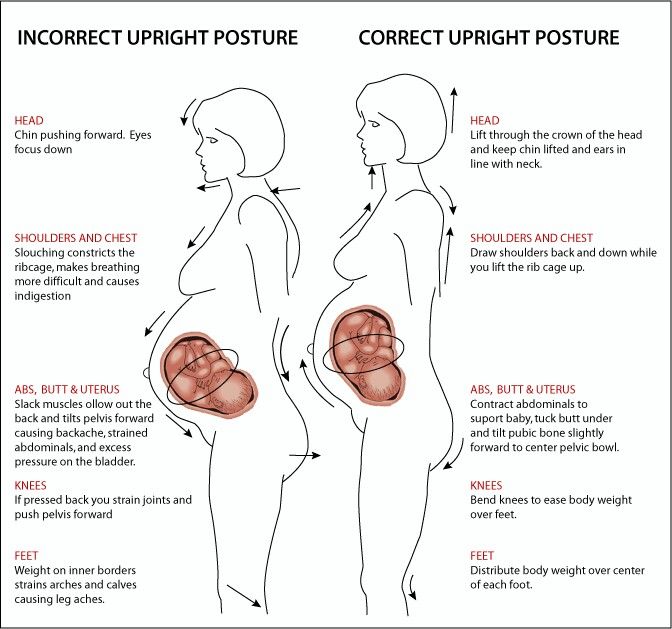 Edema appears when the body is dehydrated, and not vice versa;
Edema appears when the body is dehydrated, and not vice versa; -
Movement. To improve blood flow, it is useful to move and do light exercise. Walking is the best activity for pregnant women. When driving, it is important to take regular breaks to stretch your legs;
-
Leg lift. If you have to sit for a long time, it is advisable to raise your legs more often. To do this, you can put a stand or a small bench near you;
-
Balanced diet. This applies mainly to the consumption of salt, since it is it that retains water in the body. In general, the diet should be varied, with sufficient protein;
-
Weight control. Almost all women gain weight during pregnancy. It is only important to ensure that the “increase” fits into the norm, since excess weight provokes swelling;
-
Avoidance of heavy workloads. Long stay on your feet, lifting weights and any physical labor - all this negatively affects the health of blood vessels during pregnancy.
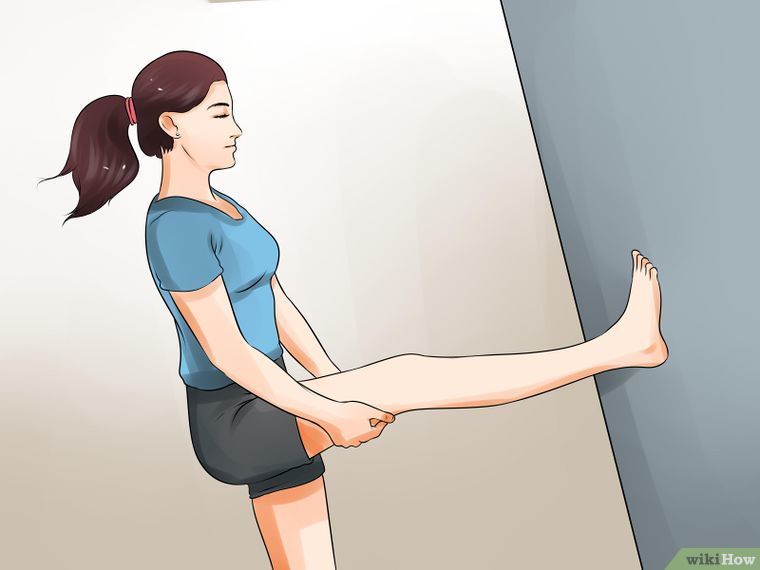 You should also pay attention to the position of the body. For example, a pose in which the legs are crossed harms the vessels;
You should also pay attention to the position of the body. For example, a pose in which the legs are crossed harms the vessels; -
Correct posture. With proper posture, the load on the legs is distributed evenly. It is important to ensure that the lower back does not bend too much or the body does not lean back too much;
-
Comfortable shoes and clothes. Clothing or shoes that are tight on the body can block blood flow. Therefore, it is not recommended to wear socks with tight elastic bands that leave marks on the body, and shoes that are too narrow and short;
-
Be careful with sunburn. If there is a tendency to varicose veins, you should not stay under the sun for a long time - ultraviolet rays weaken blood vessels.
If you follow these simple recommendations, you can minimize the pain in the legs during pregnancy. If you suspect flat feet, you can always contact our orthopedic center. A specialist doctor will diagnose and, in case of illness, prescribe an effective treatment regimen.